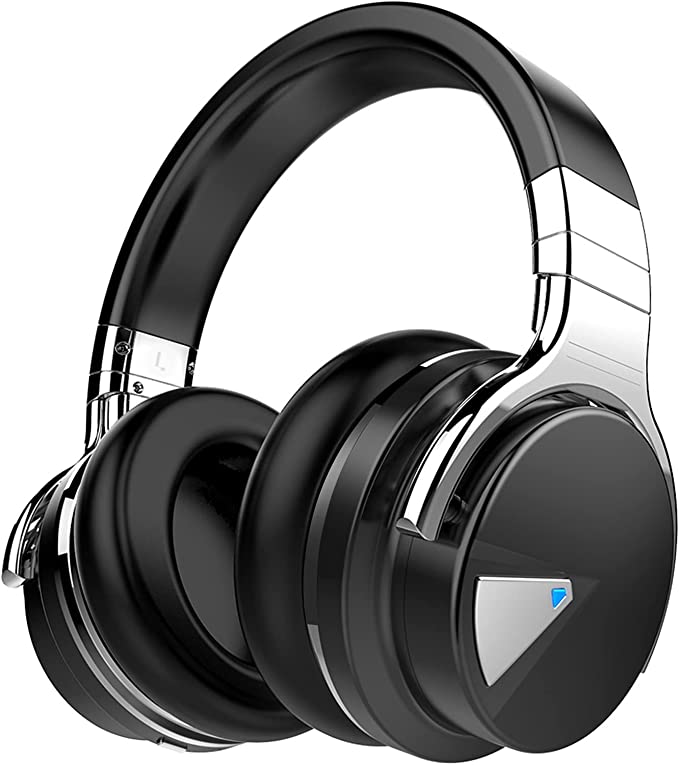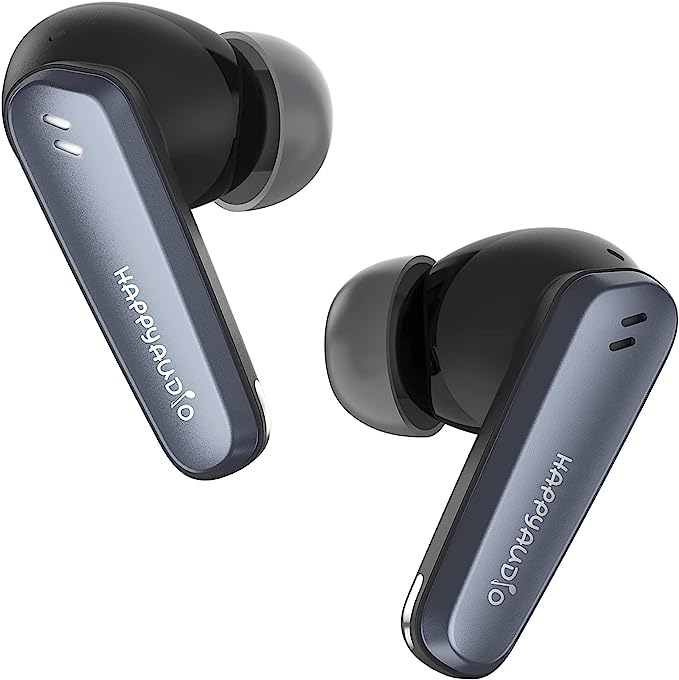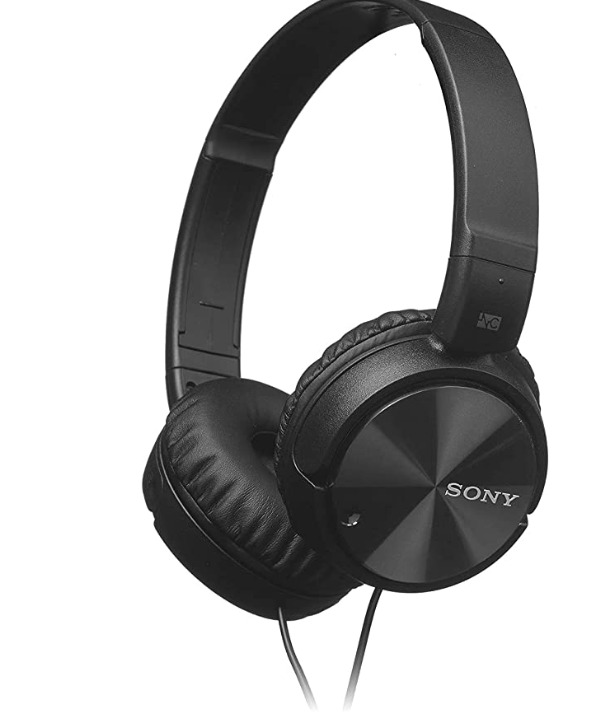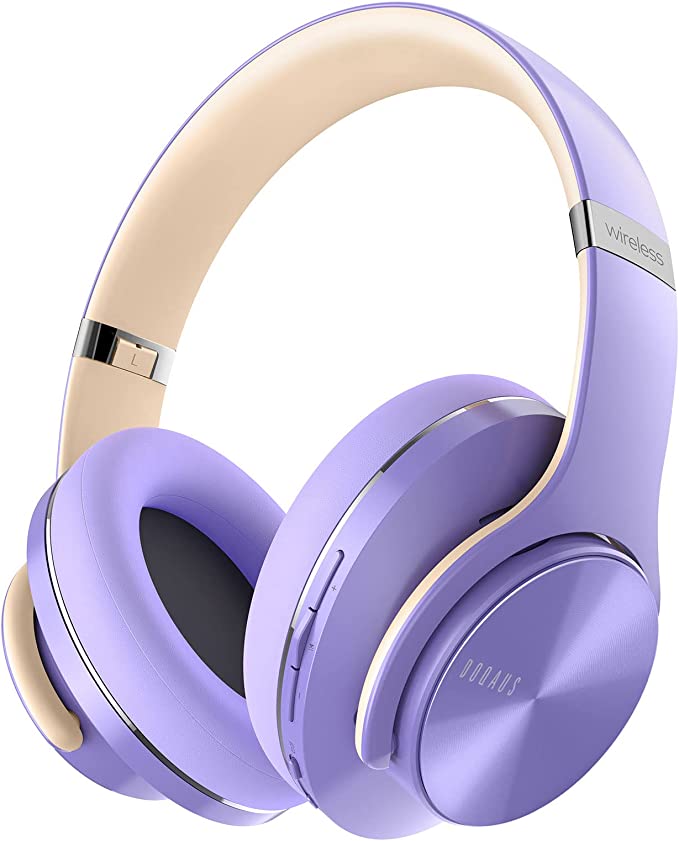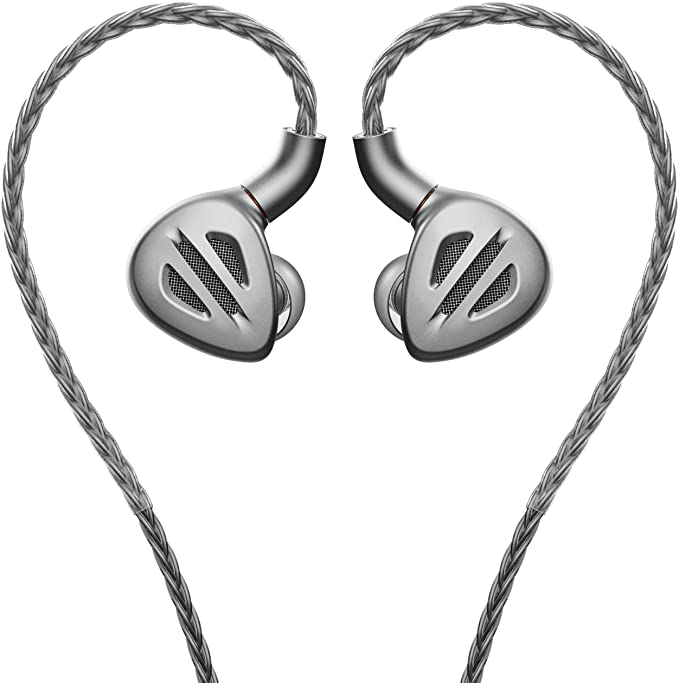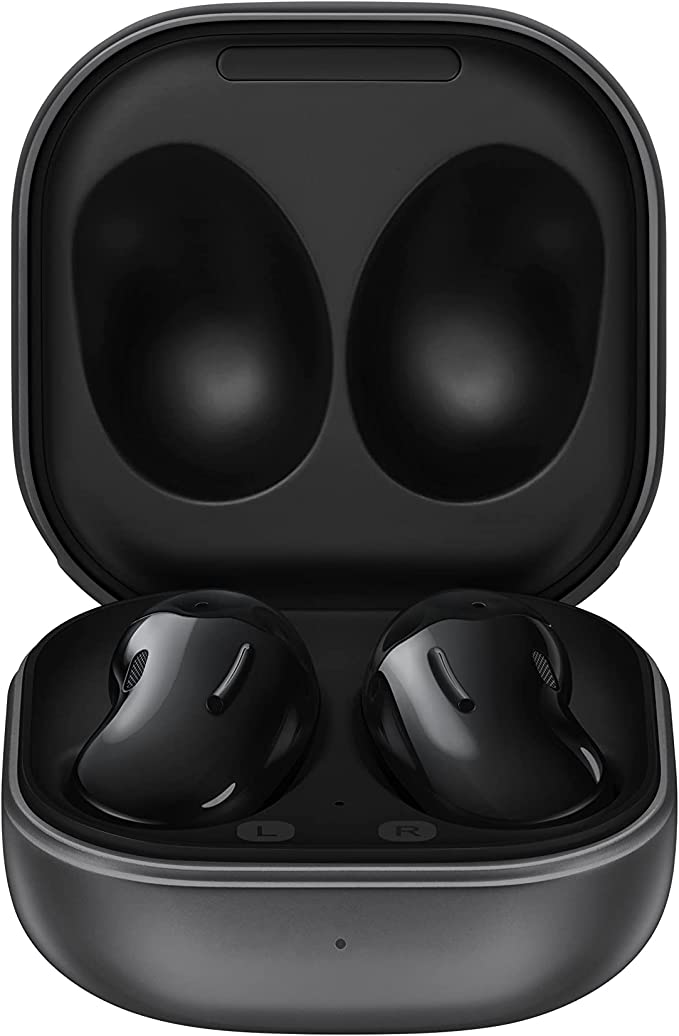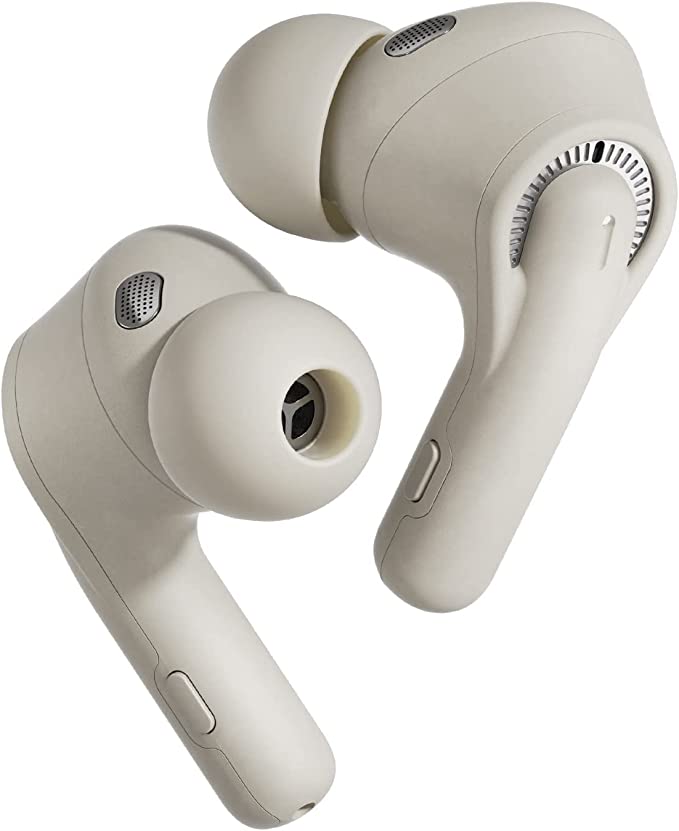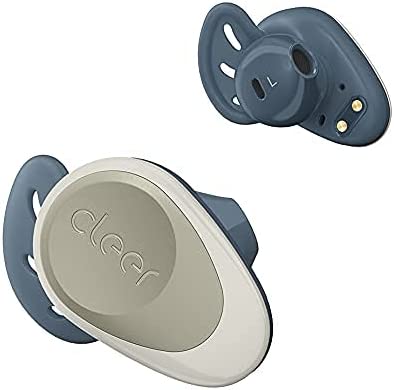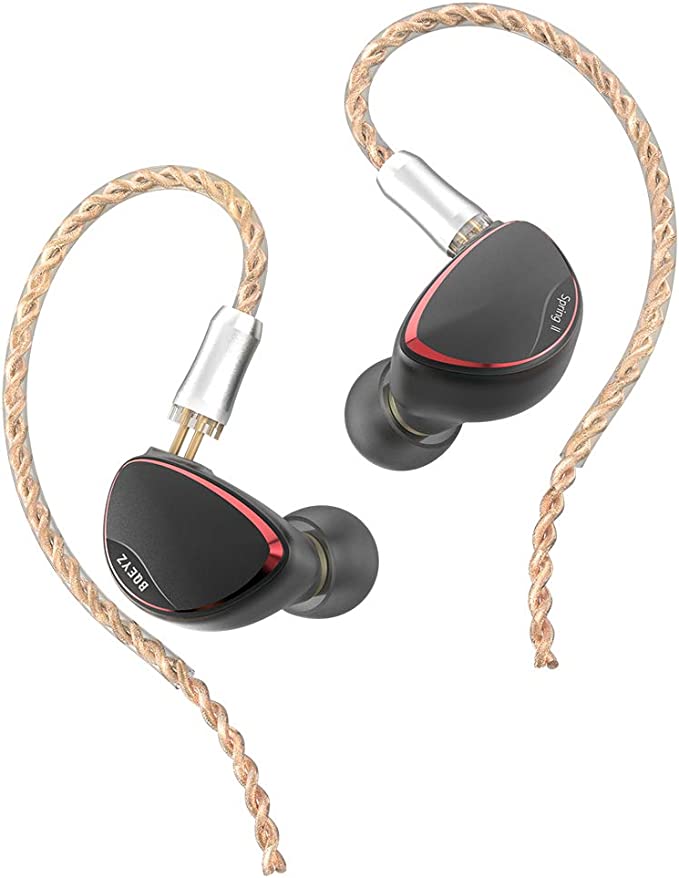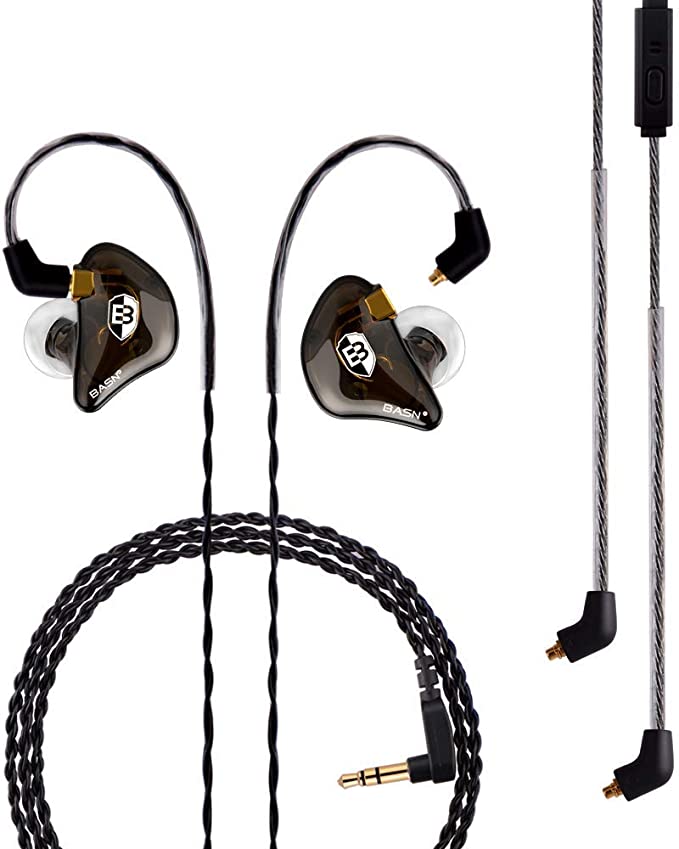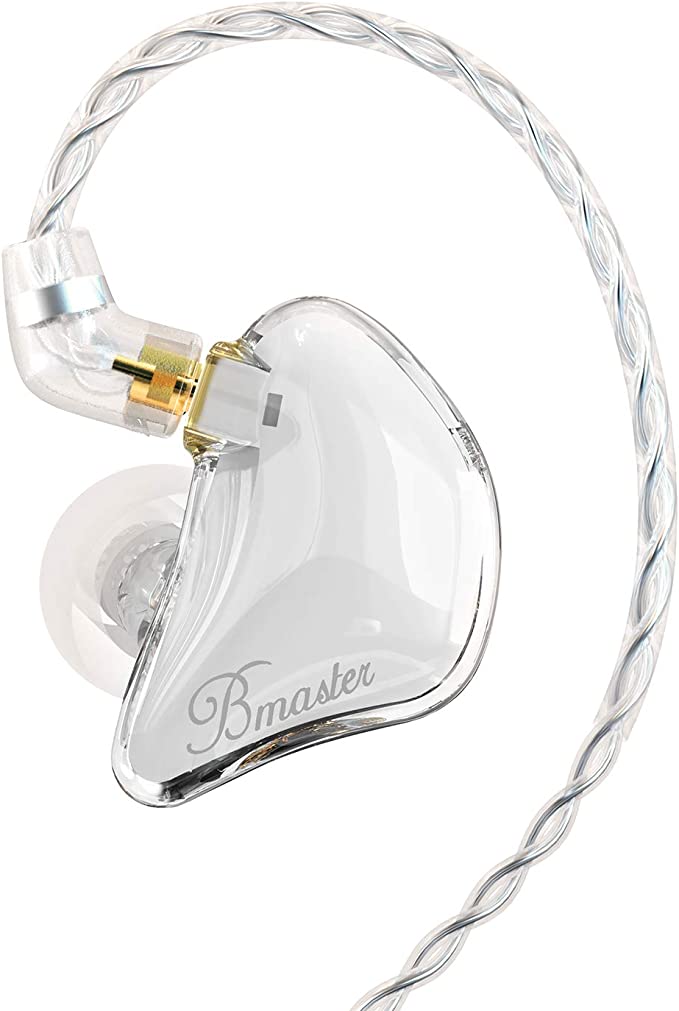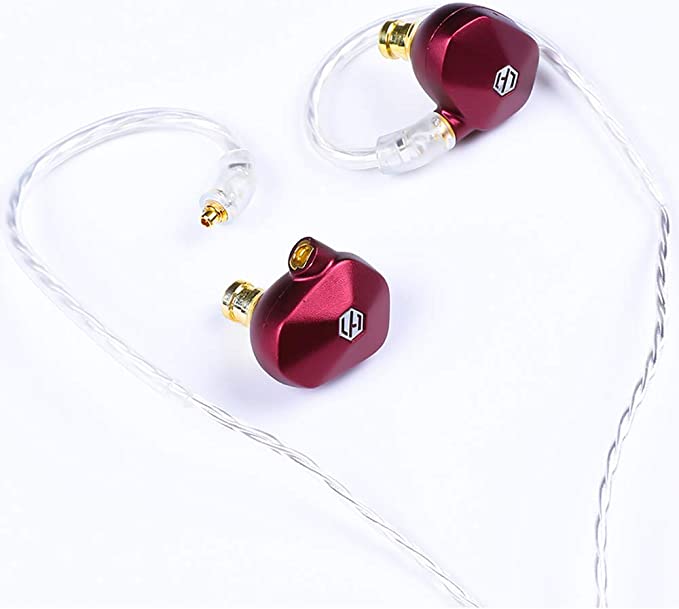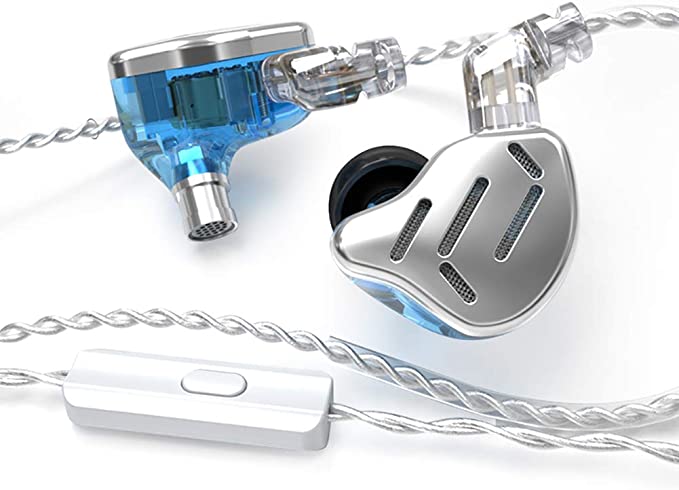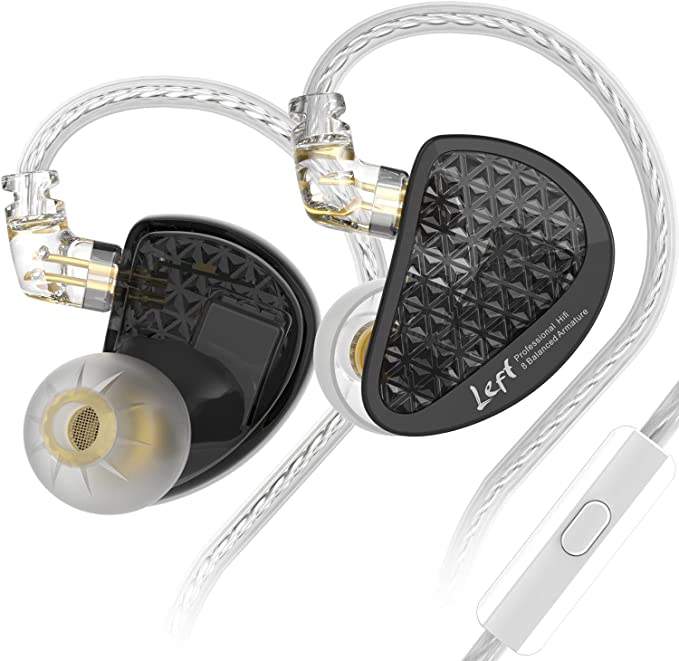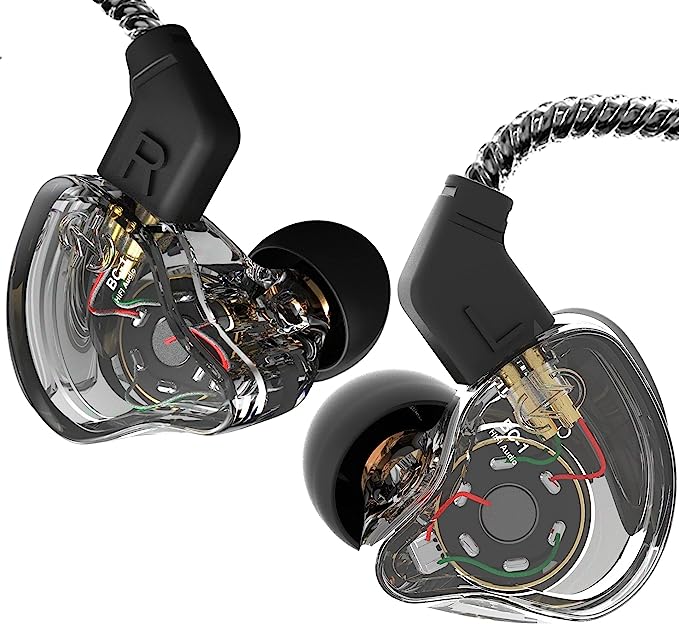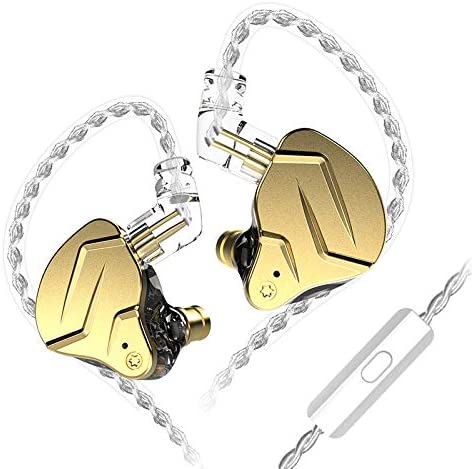Final A4000 in-Ear Wired Earphones: The Science of Clear, Spatial Audio in a Compact Design
Update on May 15, 2025, 4:49 a.m.
There’s an intimate magic to sound experienced through in-ear earphones. It’s a private concert hall 공연장 (gong-yeonjang), a personal cinema, a direct line to the heart of the music. But what is it that elevates simple sound reproduction to a truly immersive, revelatory experience? What transforms a mere listening device into an instrument that can unlock new depths in familiar melodies? Often, the answer lies in a meticulous blend of art, science, and an unwavering dedication to precision. Today, we delve into such a creation: the Final A4000 in-Ear Wired Earphones. We’ll journey beyond its specifications, exploring it as a fascinating lens through which to understand the sophisticated acoustic science and thoughtful engineering that strive for two of audio’s most cherished qualities: crystalline clarity and an expansive, spatial sound.
The name “Final” carries with it a legacy stretching back to 1974. This Japanese audio marque has built its reputation not on fleeting trends, but on what they describe as a “comprehensive pursuit of things that are fundamentally right.” This philosophy hints at a deep-seated respect for the fundamentals of audio reproduction, a dedication that suggests their earphones are crafted less as consumer electronics and more as precision instruments for the discerning listener. The A4000, while positioned as an accessible entry into their A-series, reportedly inherits design principles from its flagship A8000 sibling, promising a distilled essence of that high-end experience. Our exploration, therefore, isn’t a review, but an appreciation of the science that makes such promises possible.

The Heartbeat of Clarity: Deconstructing the f-Core DU Driver
At the very core of any earphone’s ability to conjure sound lies its driver – the tiny engine that translates electrical signals into the mechanical vibrations our ears perceive as music and voice. The Final A4000 features a proprietary “f-Core DU” 6mm dynamic driver, a component that Final emphasizes was “newly designed from the ground up.” This isn’t a trivial distinction. Think of it like the difference between an off-the-shelf engine in a car versus one bespoke-engineered for a specific chassis and performance goal. Designing a driver holistically – from its diaphragm, the delicate membrane that pulses to create sound waves, to its voice coil, the nimble filament that dances within a magnetic field, and the precisely shaped magnet and magnetic circuits that govern this interaction, right down to the very adhesives holding it all together – allows for an unparalleled level of synergy.
This meticulous, ground-up approach is paramount in the quest for what Final terms “extreme clarity” and “transparent sound.” In the microscopic world of an IEM driver, every nanometer matéria (material) and microsecond counts. The goal is to create a diaphragm assembly that is incredibly light yet suitably rigid, capable of responding with breathtaking speed and accuracy to the audio signal. This is the science of mastering “transient response” – the ability to reproduce the sharp attack of a plucked string, the crisp snap of a snare drum, or the subtle decay of a piano note without smearing or overhang. When a driver excels here, and minimizes unwanted vibrations or distortions (like Total Harmonic Distortion, or THD, and Intermodulation Distortion, or IMD), the resulting sound is perceived as transparent. It’s like looking through a perfectly clean window pane, where the audio image is presented with effortless detail and an absence of haze. For the listener, this means hearing deeper into the recording: the subtle fret noise of a guitar, the almost imperceptible breath a singer takes between phrases, the distinct timbres of individual instruments even in complex orchestral passages. The f-Core DU, by its very design philosophy, aims to be that immaculate window.

The Acoustic Crucible: How Shape and Seal Forge Sound
An exceptional driver, however, is only the first step in the journey of sound to your eardrum. The physical enclosure of the driver – the earphone housing itself – plays an equally critical role. It’s not merely a protective shell; it’s a miniature acoustic chamber, meticulously shaped to influence the sound waves before they reach your ear. The Final A4000 employs what the company calls a “3-point housing design.” This ergonomic philosophy isn’t just about a comfortable fit for extended listening sessions; it’s fundamentally about acoustic consistency. A stable, secure fit ensures that the earphone maintains its optimal position relative to your ear canal, minimizing variations in sound that can occur with movement or an improper seal. Final suggests this design achieves an “optimal solution for in-ear earphone fit without the feeling of unnecessary pressure,” aiming for a sensation akin to a custom-molded piece.
The material chosen for this housing is ABS (Acrylonitrile Butadiene Styrene) Thermoplastic. While often selected for its durability and manufacturing versatility (allowing for complex, precise shapes), ABS also possesses noteworthy acoustic properties. It can offer good internal damping, helping to absorb and control unwanted resonances within the housing that could otherwise color the sound, adding artificial warmth or muddiness. The goal is a housing that is acoustically as inert as possible in some respects, yet precisely shaped to guide and refine the sound from the driver.
Bridging this meticulously crafted housing and your unique ear canal is perhaps one of the most underrated yet crucial components: the eartip. The A4000 comes equipped with Final’s own acclaimed TYPE-E eartips, provided in five different sizes (SS, S, M, L, LL) to cater to a wide range of ear shapes. These are not simple silicone domes. They feature a clever dual-hardness silicone construction: a firmer silicone is used for the core that attaches to the earphone’s nozzle, providing structural integrity and a secure fit onto the device itself. Surrounding this is a softer, more pliable silicone for the flange – the part that makes contact with your ear canal. This softer material conforms more readily to the intricate contours of your ear, creating a superior acoustic seal. Some TYPE-E eartips also feature “groove processing” on the core, a subtle detail that may further enhance flexibility and the integrity of the seal.
Why is this seal so paramount? Acoustically, a perfect seal is vital for achieving full-bodied bass response. Without it, low-frequency energy escapes, leaving the sound thin and anemic. It’s also key to the “sound insulation” or “Noise-Isolating” characteristic mentioned for the A4000. By effectively blocking external noise, a good seal allows you to hear more of the music and less of your surroundings, at lower overall volumes, which is beneficial for your hearing in the long run. Thus, the humble eartip transforms from a mere accessory into a critical acoustic interface, ensuring that the carefully engineered sound from the f-Core DU driver is delivered to your eardrum with maximum fidelity and impact. It directly addresses common user frustrations like inconsistent sound quality or a lack of bass due to poor fit.
Painting the Air: The Enigma of Soundstage in Your Ears
One of the most sought-after qualities in high-fidelity audio, and one frequently associated with the Final A4000 in user experiences (the product page mentions an average 4.5-star rating from over 500 users, with “wide soundstage” and “detailed imaging” being common praises), is an expansive “soundstage.” But what exactly is this auditory illusion? Imagine sound not as a flat, two-dimensional entity, but as a three-dimensional bubble or diorama around your head. Soundstage refers to the perceived width, depth, and even height of this sonic field, and the ability to discern the precise location and separation of individual instruments and voices within it. It’s the quality that can transport you from your armchair into the recording venue itself.
Achieving a convincing, “out-of-head” soundstage with in-ear monitors presents a unique set of acoustic challenges. Unlike loudspeakers, which interact with the room and your outer ears (pinnae) to provide natural spatial cues, IEMs deliver sound almost directly into the ear canal. This proximity can easily lead to a sound that feels congested or stuck “inside your head.” So, how might an IEM like the A4000 attempt to overcome this?
Several factors likely contribute. Firstly, the precision of the f-Core DU driver is critical. Accurate reproduction of phase and timing information in the audio signal is essential for our brains to decode spatial cues. Secondly, the internal acoustic design of the earphone housing itself plays a significant role. Carefully managed (or minimized) internal reflections and resonances within the shell can prevent the smearing of these delicate spatial cues. Final also mentions the “establishment of a new evaluation method by analyzing the relationship between physical characteristics and sound quality.” While the specifics of this method aren’t detailed in the provided information, it suggests an empirical, data-driven approach to tuning – meticulously correlating physical design changes with their impact on perceived sound, including spatial characteristics. This might involve sophisticated measurements and listening tests to optimize aspects that contribute to a wider, more defined soundstage.
From a psychoacoustic perspective, our ability to localize sound relies on subtle differences in the sound reaching each ear (Interaural Time Differences, ITDs, and Interaural Level Differences, ILDs) and the way our outer ears shape incoming sound (related to Head-Related Transfer Functions, HRTFs). While IEMs bypass much of the outer ear’s influence, clever tuning can subtly emphasize or preserve frequencies and phase relationships that our brains interpret as spatial information. The goal isn’t necessarily to replicate the exact experience of loudspeakers in a room, but rather to create a convincing and immersive spatial presentation within the unique context of in-ear listening. For the user, this translates to a more engaging and realistic experience, whether it’s discerning the placement of every musician in a jazz ensemble, tracking opponents by their footsteps in a competitive game, or becoming fully enveloped in the atmospheric sound design of a film.
The Unseen Conductor: Cable, Connection, and Quietude
While the driver and housing are the stars of the acoustic show, the supporting cast of cable and connectors plays a vital, if often unsung, role in preserving the integrity of the audio signal and enhancing the overall user experience. The Final A4000 is equipped with an “Original OFC Cable.” OFC, or Oxygen-Free Copper, is a favored material in audio cables due to its high electrical conductivity. The idea is that by reducing impurities (like oxygen) in the copper, the audio signal can pass through with less resistance and potential for degradation, preserving the subtle details and nuances of the music. The 1.2-meter cable terminates in a standard 3.5mm TRS plug, ensuring wide compatibility with most portable audio devices and computers.
A significant feature for both longevity and user customization is the A4000’s detachable cable system, which utilizes the 2-Pin 0.78mm standard. Final highlights that this is a “highly accurate in-house developed product,” suggesting a focus on the mechanical precision and reliability of the connection. Detachable cables offer a practical advantage: if the cable – often the most vulnerable part of an earphone – becomes damaged, it can be easily replaced without needing to discard the entire earphone. It also opens the door for audio enthusiasts who enjoy experimenting with aftermarket cables, which may offer different ergonomic or even subtle sonic characteristics.
Further enhancing the practical usability are the included “Ear Hooks with Lock Mechanism.” These serve multiple purposes. Firstly, they help to secure the earphones in place, especially during movement, contributing to a more stable fit. Secondly, and perhaps more importantly from an acoustic standpoint, they are “effective in eliminating touch noise.” This “touch noise,” or microphonics, is the annoying rustling or thumping sound that can travel up some earphone cables when they rub against clothing or are tapped. The ear hooks, by guiding the cable over the ear and damping these vibrations, help to provide a quieter background, allowing the music to shine through with greater clarity. It’s a thoughtful detail that addresses a common irritation with many IEMs.
Coda: The Final Philosophy – Where Engineering Meets Emotion
The sonic character of the Final A4000, as described by the brand and echoed in user experiences, isn’t the result of a single standout feature, but rather the culmination of these numerous, carefully considered design elements working in concert. From the bespoke f-Core DU driver meticulously engineered for clarity, to the ergonomically and acoustically shaped ABS housing, the precision-fit TYPE-E eartips, and the quality OFC cable with its thoughtful connections – each component is a thread in a larger tapestry. This holistic approach seems to deeply resonate with Final’s overarching brand concept: “The comprehensive pursuit of things that are fundamentally right.”
This philosophy hints at a design process that prioritizes not just measurable performance, but also the less tangible, yet profoundly important, aspects of the listening experience – the naturalness of timbre, the emotional impact of the music, the sheer joy of rediscovering familiar tracks. There’s also an implicit nod to the heritage of Japanese craftsmanship, a cultural tradition often associated with meticulous attention to detail, a relentless pursuit of perfection, and a deep respect for both materials and process. While the A4000 is a product of modern engineering, it seems to carry within its DNA this spirit of dedicated artistry. Ultimately, the complex science and engineering poured into these tiny devices serve a simple, human purpose: to connect us more deeply, more authentically, with the music and sounds that enrich our lives, transforming the act of hearing into the art of listening.
Encore: The Ever-Evolving Art of Listening
The Final A4000, like any fine instrument, serves as a compelling case study in how applied acoustic science, material engineering, and ergonomic design can converge to create a truly engaging personal audio experience. It stands as a reminder that even in an increasingly wireless world, the direct, unadulterated connection of a wired earphone holds a special appeal for those who prioritize sonic purity.
By understanding a little more of the science that breathes life into these miniature marvels – the physics of their drivers, the acoustics of their chambers, the ergonomics of their fit – our appreciation for the art of sound reproduction can only deepen. The journey for perfect sound is, perhaps, an ever-evolving one, but with thoughtfully engineered devices like the A4000, that journey promises many moments of auditory delight, inviting us to listen more closely, more critically, and more joyfully to the rich tapestry of sound that surrounds us.
